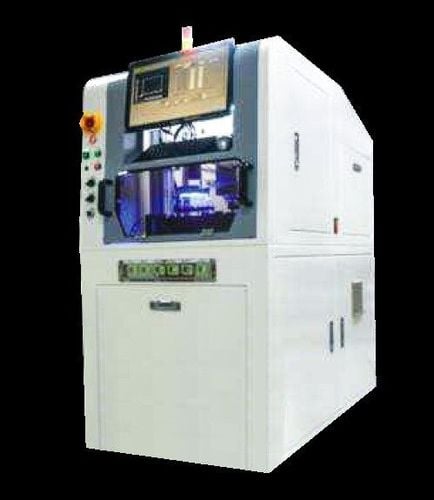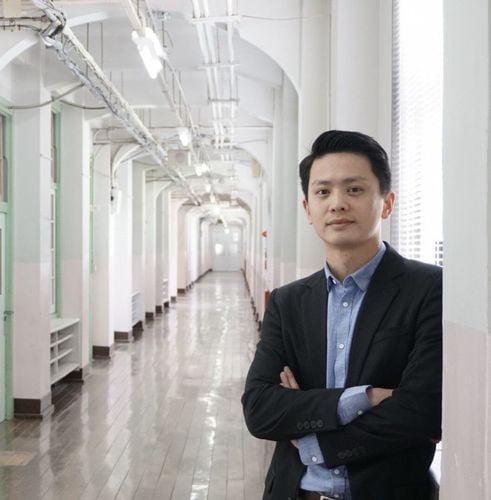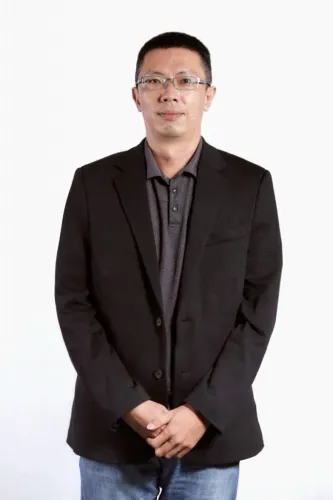【2021 Solutions】 Hyson Technology uses AI to help fishermen farm fish
Lien Wei-Cheng, the founder and CEO of Hyson Technology, was once an IC design engineer in the semiconductor industry, working in front of a computer all day long in Hsinchu Science Park. Although he was busy, he still had a sense of uncertainty and felt anxious about his life goals. He couldn’t help but think about whether the technological capabilities he learned can directly connect with people and the land, solve various social issues, improve human life, and further change the world.
He took the plunge and left the semiconductor industry, a job that everyone envied, and founded Hyson Technology. He stayed at the fish farms in Qigu, Tainan, his hometown for a long time, and built relationships with the fishermen. He was eventually able to talk about "fishing knowledge" and gained the trust of the fishermen. The "Aquaculture Monitoring and Rearing System" was developed by Hyson Technology by combining artificial intelligence (AI), Internet of Things (IoT), and mechanism design. The system uses a method friendly to fish, shrimp, and the environment to reduce risk and increase yield, achieving sustainable farming production.
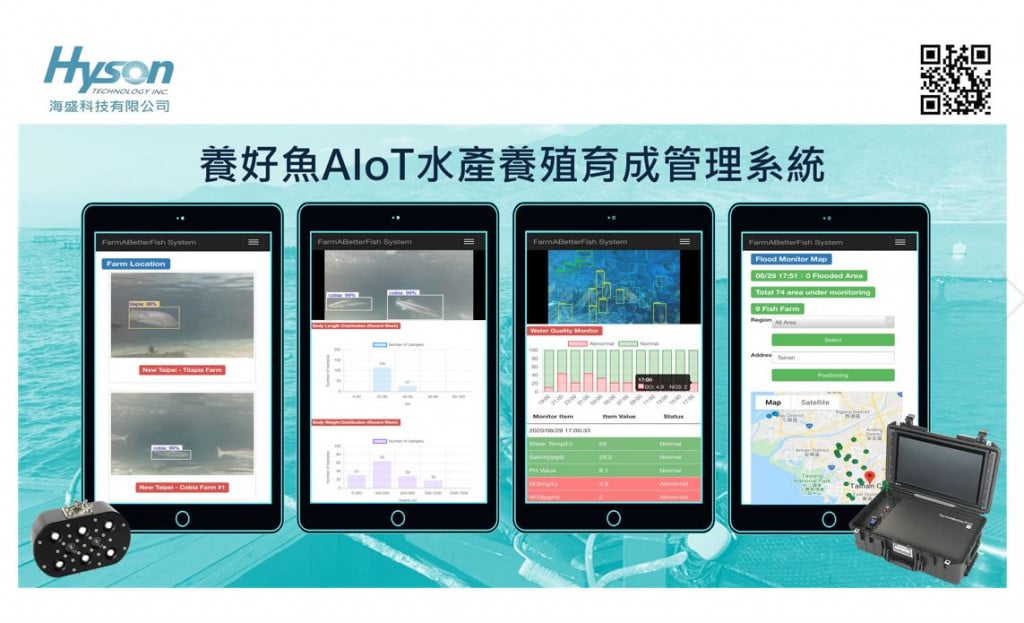
▲ Schematic diagram of the AIoT aquaculture rearing management system of Hyson Technology
Lien Wei-Cheng, who was wearing a sun hat and walking among the fish ponds under the scorching sun, was asked: Why did you make the change from the tech worker to an entrepreneur who helps fishermen farm fish? He answered shyly with a smile: The chairman of a certain semiconductor company also asked him the same question. "I want to have more contact with people, directly understand people's needs, and find places where technology is needed to improve people's lives," he said, so he resolutely left his envied job in the semiconductor industry and became "half tech worker, half fisherman."
The annual output value of Taiwanese fishermen is relatively low, but there is great potential to increase output value through technology
Why did you choose aquaculture for entrepreneurship? Citing a report in "CommonWealth Magazine", he pointed out that to show the value of an industry, we can observe whether the industry has prospects based on the per capita annual output value of employees. For example, Qualcomm has a per capita annual output value of NT$23 million, and Microsoft is NT$23 million. The per capita annual output value of Norwegian fishermen reaches approximately NT$24 million, which is three times the per capital annual output value of Taiwan's electronics industry (NT$8 million). The current average of Taiwan's aquaculture industry is only about NT$400,000. There is considerable room for growth from NT$400,000 to NT$24 million.
Thinking about it from another perspective, Taiwan’s electronic hardware and IoT equipment technology lead the world. If these technologies can be combined to give smart aquaculture full play, the average annual output value of fishermen is expected to increase significantly. The expertise of Hyson Technology’s team is AI image processing technology and data analysis technology. They use these technologies to solve the risks and labor problems caused by not being able to see fish and shrimp underwater. The team sets out from being able to see, to measure, and to control, and allows fishermen to quickly monitor the growth status of fish and shrimp using their mobile phones. It can also be combined with automated equipment to reduce labor and risks.
When Lien Wei-Cheng was a student in the Department of Electrical Engineering, National Cheng Kung University, he loved raising ornamental fish and watching birds, often going to Qigu to watch birds. He observed the environment and found that more and more fish farms in Qigu were being abandoned. This was mainly due to two major factors, one is that it is difficult for young people to enter the industry without experience. The other is that the older generation did not keep records and it is difficult to pass on experience. This has resulted in an aging population in Taiwan’s fishing villages and prevented an increase in output volume. The most effective way to solve the problems above is to introduce an automated system to assist with fish farming.
Hyson Technology's fish farming system uses self-designed IoT underwater cameras to monitor fish in the farms. It also uses Edge-AI image defogging technology to make the images of fish in ponds clearer, allowing fishermen to use their mobile phones to see fish activities and feeding, and determine if the fish are sick. The images are synchronized to the cloud, and Cloud-AI automatically identifies, samples, and measures biological information, such as the length and weight of each fish, automatically recording and compiling statistics of the growth status of the fish. The information is visualized in reports and images. It can also analyze the feed conversion ratio in different farming stages. The AI expert system can also predict harvest dates based on growth data, control sales and shipment schedules, and ensure stable and sufficient supply.
The fish farming system is like a ruler, taking into account every detail of fish farming
The fish farming system creates an objective ruler for the fish farming industry. Using this ruler, fishermen can measure and compare the effects of different farming methods, see parts that they have not paid attention to before, and create more usages and value. In the past, the traditional approach of manually catching fish samples was labor-intensive and time-consuming. It usually took two people an hour to sample only 30-40 fish, and often caused accidental fish casualties. Field verification results show that Hyson Technology’s fish farming system can automatically sample and measure the biological information of 300 fish in 5 minutes without disturbing the activities of the fish. It is extremely efficient and can ensure zero damage to the fish.
Fish farmers use the system’s AI growth statistics as the basis for decision-making in determining the size of fish entering the pond and shipping. It replaces the original traditional method of manually catching and measuring 30 fish, which can save about 75% of manual work time. In the fish farming industry with extremely scarce manpower, the benefits of saving manpower are very significant. Hyson Technology is gradually expanding the AI technology it developed to other fields. For example, Hyson Technology participated in the AI+ New Talent Selection of the Ministry of Economic Affairs Industrial Development Bureau’s AI Program, in which “major companies provide problems and startups provide solutions.” The company combined its proprietary fully automatic AI underwater image defogging algorithm with an AI model, and applied it to the solution of an optoelectronics company for removing rainbow film from LED panels. The company thus won the biggest award for meeting all technical thresholds.
Lien Wei-Cheng pointed out that the defogging technology can automatically estimate the degree of color distortion in water and automatically adjust the contrast of each area to improve image quality. Compared with AI models that consider underwater physics and methods based on adversarial network model, the method proposed by Hyson Technology provides clearer image details, and also received better scores in multiple objective image quality evaluation standards, such as NIQE and PSNR.
Underwater image defogging algorithm favored by major companies due to its superiority
This defogging technology combined with AI technology can effectively improve the accuracy of fish recognition. For groupers with colors similar to the background and difficult to distinguish, the accuracy can be significantly increased by more than 3%. For batfish with clear features and high recognition accuracy already reaching 98% and above, the accuracy can be further increased by nearly 1%. Using this technology to make the images of farmed fish clearer, it can be used as the basis for determining fish diseases. If the technology for underwater defogging is built into the AI model recognition layer, it can also be used to solve the problem of rainbow patterns appearing when taking photos of screens, which prevents panel defects from being detected. This will effectively solve the problem of AUO with rainbow pattern interference during panel inspection.
What are the challenges of Hyson Technology in business promotion? Lien Wei-Cheng believes that the biggest difficulty is how to expand into a new industry. Hyson Technology often faces customers from traditional industries. When recommending or cooperating with traditional industry customers on a new technology product, the key is gaining the trust of customers and achieving the goal of customers are partners. Frequent visits are needed to gradually build trust and understand customer needs. Only then will the company have the opportunity to further assist customers in solving their pain points.
Hyson Technology's excellent image recognition and AI technologies have gradually gained recognition from customers. It has built relationships with major companies in verification, and it will continue to gain a foothold in the market in the short term with its own image processing products, such as the fish farming system. In the medium term, it hopes to expand the scope of products and business services, and provide one-stop production and marketing services from underwater to on land, and from the production end to the consumer end. In the long term, Hyson Technology will duplicate its successful experiences in Taiwan and integrate resources of partners to expand into the international market.
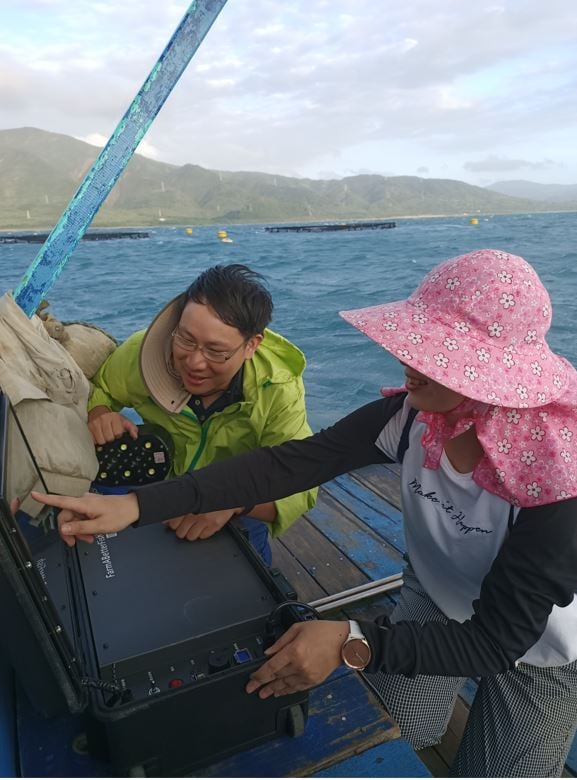
▲Lien Wei-Cheng, founder and CEO of Hyson Technology, working in a fish farm
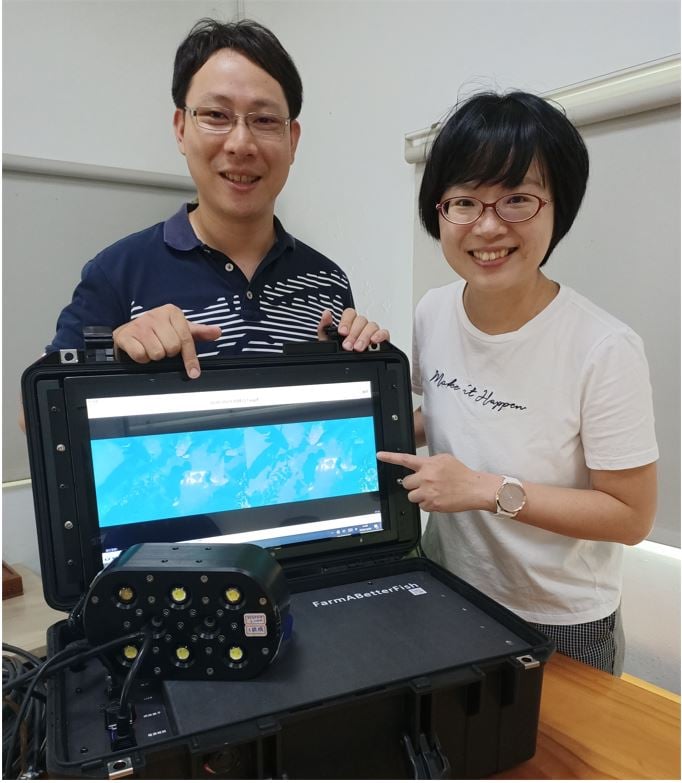
▲Lien Wei-Cheng and Chiu Yu-Shao join the ranks of smart aquaculture with their technological expertise
